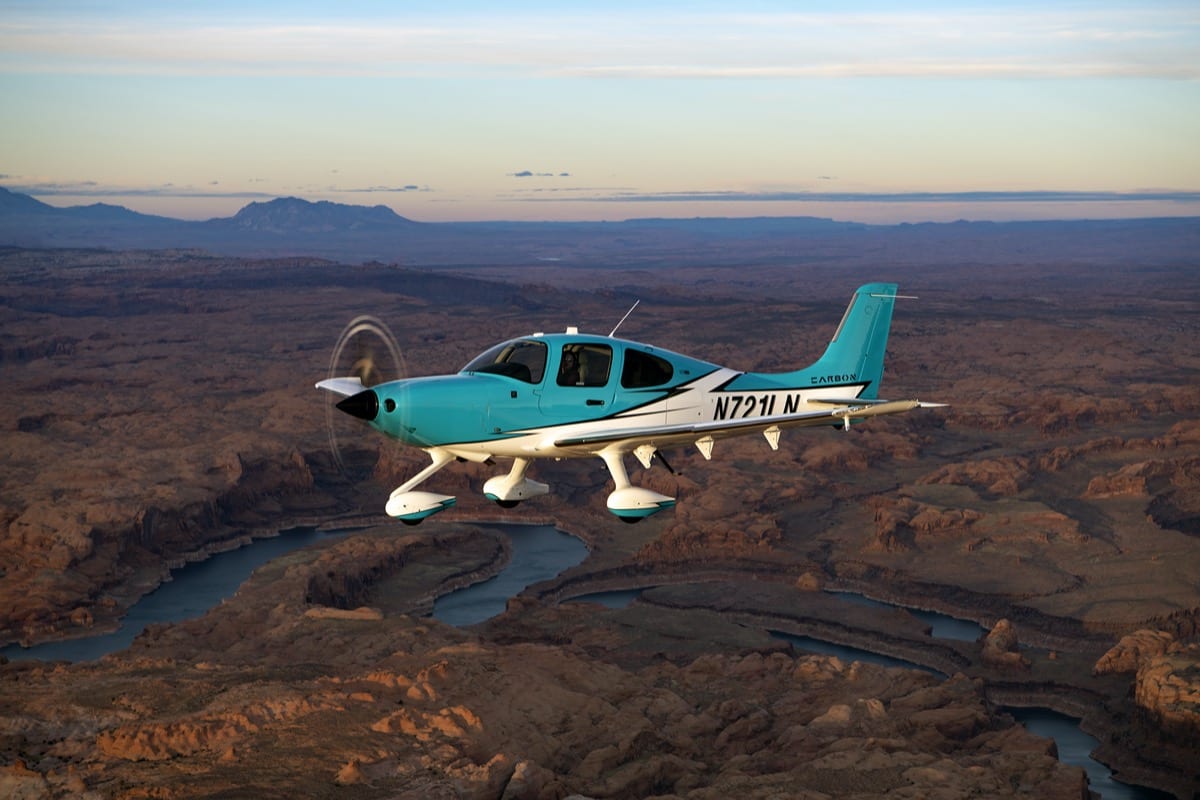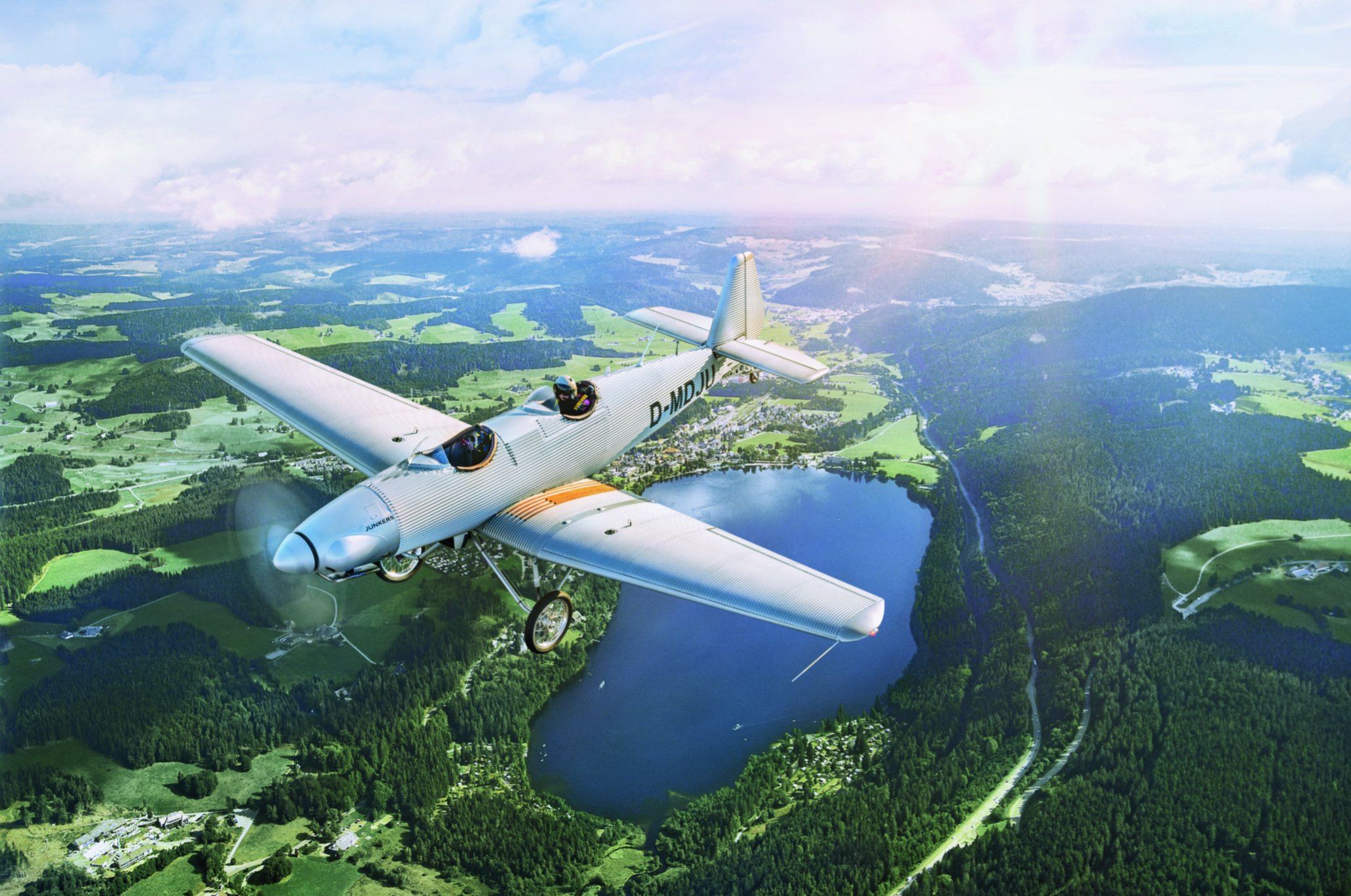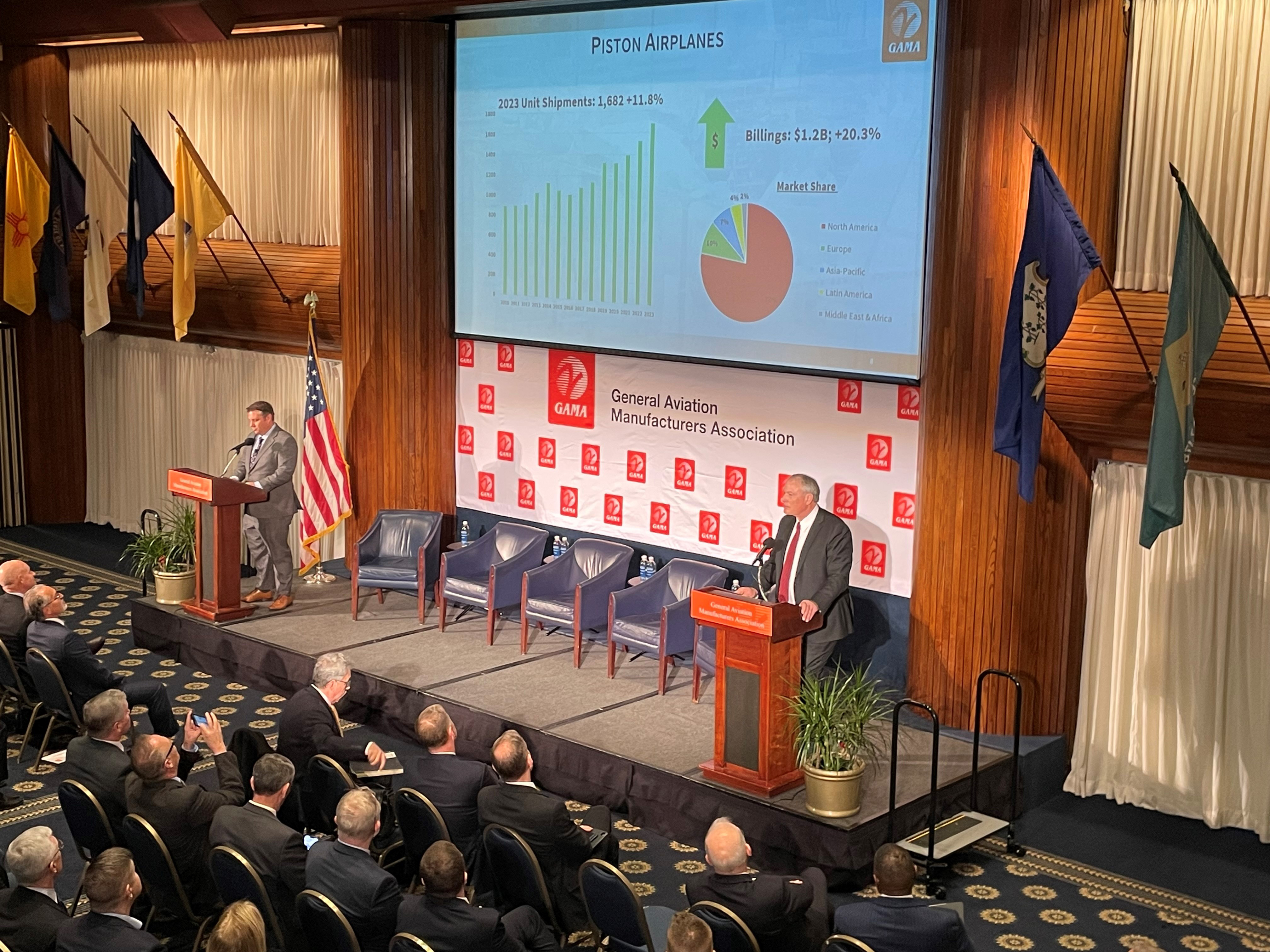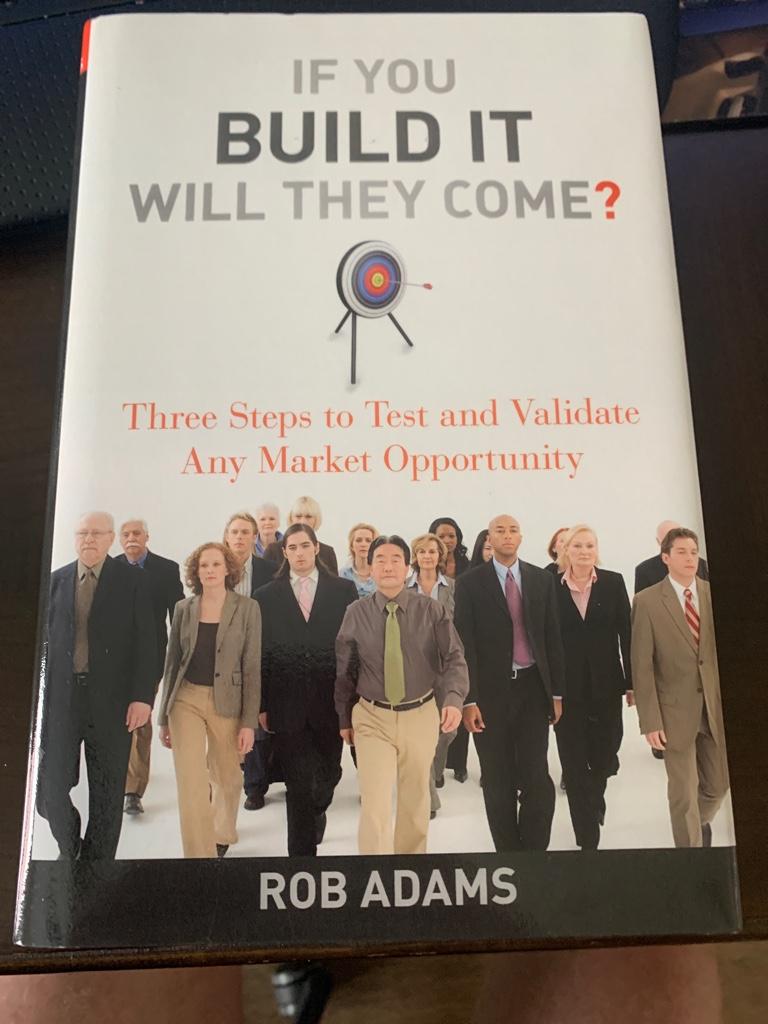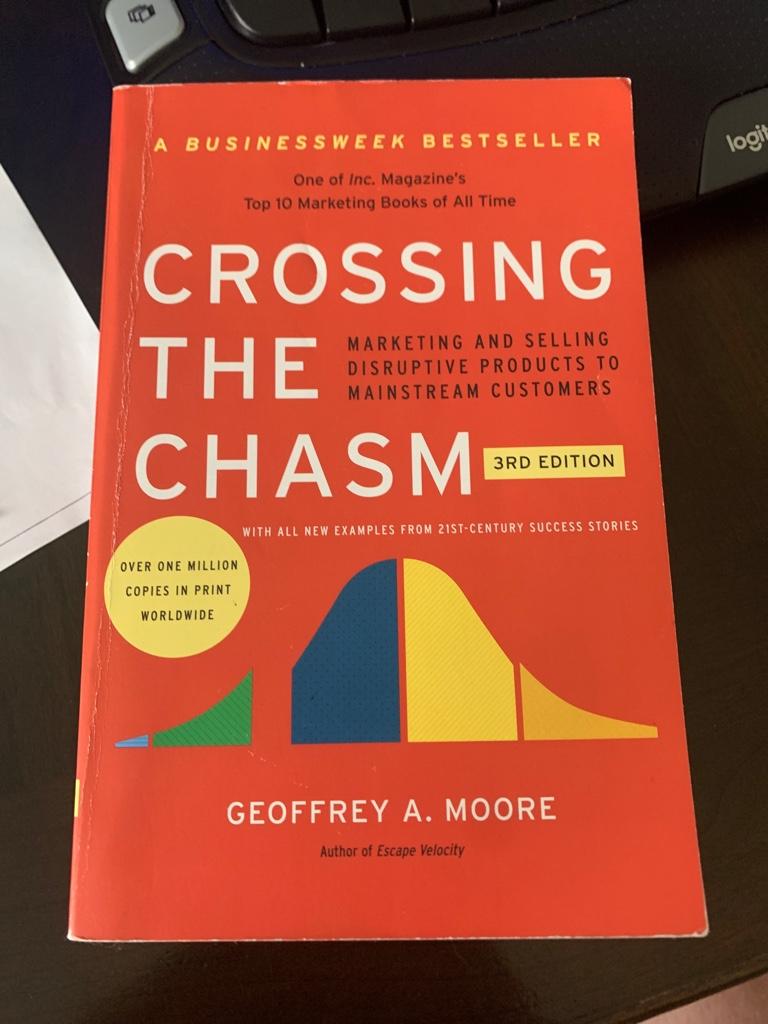It would be about price if they can make a cirrus challenger for a lower price.
How would you suggest that a Cirrus be built that would allow it to be sold at a lower price? What would you remove, and what would the impact be on the number of potential buyers?
It is sad that we don’t have more affordable planes.
What's your definition of "affordable"? The reality is that aviation is an expensive pursuit that also requires a high level of commitment, enough intellect to learn the physics, rules, and weather, enough coordination, awareness and motor skills to control a vehicle in multiple dimensions with multiple controls inputs, and the available time to develop and maintain the requisite skills. You have to want to do it, be able to do it, and have the financial wherewithal to pay for doing it. Compare that to more casual hobbies like classic cars, sportscars, a beach house, hunting/firearms, etc. The training level required for most of these is nowhere near that for a PPL, and the penalty - both physical and financial - for a mistake is far lower.
A new Porsche 911 Carrera S (the "sweet spot" model) is $150-175K, and that's a pretty good benchmark for a mid-volume specialty enthusiast's vehicle. They sold just over 11,000 cars in the US last year, not even 1% of the top 1%.
In comparison, Cirrus - the absolute most successful in the single-prop GA space - sold 280 SR22Ts and 159 SR22s in 2022. Those are #1 and #2 on the US sales list, followed by the 172, DA40, and SR20. Nothing else reached 100 sales in the year (though the Archer came close). That's just nowhere near enough volume to scale manufacturing into a point where you start to shed the fixed costs and become marginal-cost driven.
What were the top selling piston airplanes in 2022? Cirrus leads the pack, taking the first, second, and fifth spots on the top 10 list.

generalaviationnews.com
Now, think about this for a moment: The SR22T is the 2nd most expensive plane in the top 10 sellers and it's the clear #1, at nearly double the sales of the 172 in #3. Combine the 22 and 22T and together they sold as many as 3-6 combined - and did so with a more expensive offer. [#8 - the DA62 - is the most expensive, and as a twin is arguably in a different market segment.] Why would the SR20 sell only a third as many planes as the more expensive 22/22T?
The point I'm trying to make is that the sales numbers don't show price as driving sales volume. It's mission capability, combined with image.
Meanwhile, there are a number of "inexpensive" new planes available, including the Vashon. Why aren't they selling more?
The latest models in the light sport and ultralight worlds debuted this spring.

www.planeandpilotmag.com
It comes back to: Who would buy them? The top 1% in income in the US is somewhere around $650K, and there are more than a million of these households. In most states, after tax that leaves you with closer to $450K in disposable income. If someone is willing to put 10% of their income into their hobby, that's a $45K/year budget. Work the numbers forward from there and you'll see why Cirrus isn't trying to sell a $250K plane; they would rather target the top 0.5% who can easily spend $1M or more, rather than fight for a share of the $50K/year guys and go up against boats, sportscars, RVs, vacation homes and all of the other stuff that's easier and perceived as safer than aviation.


